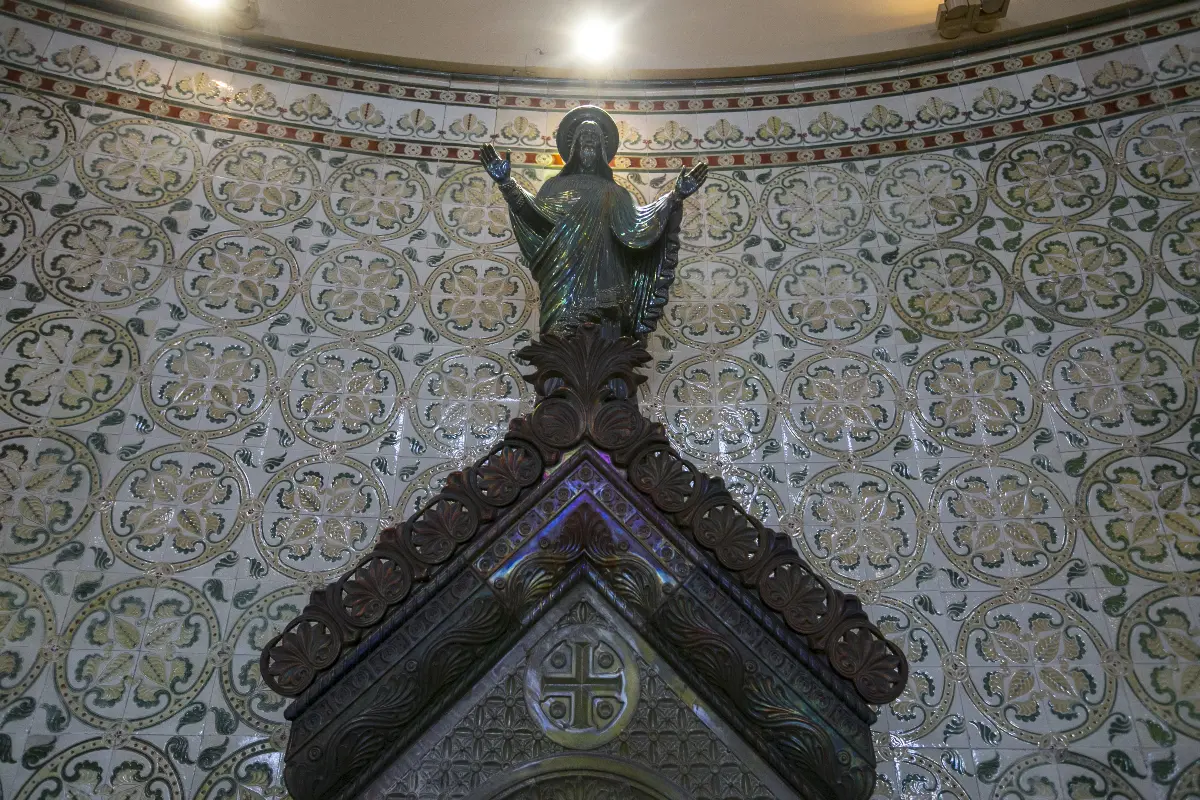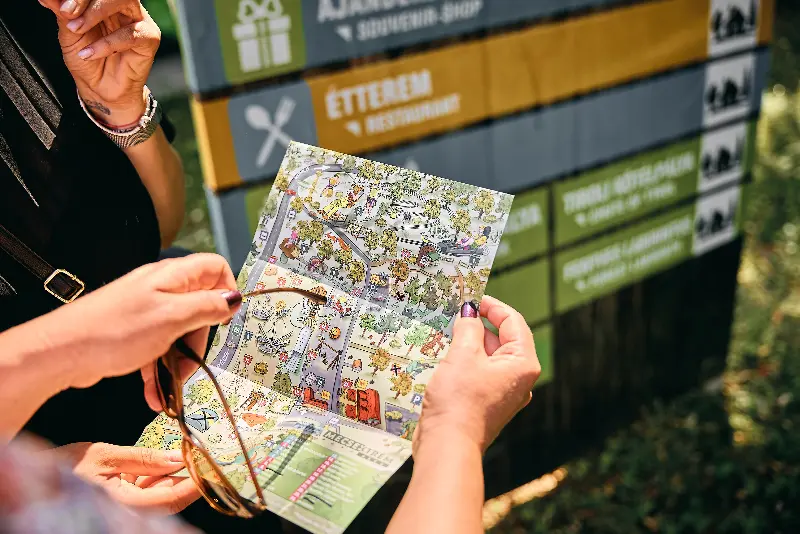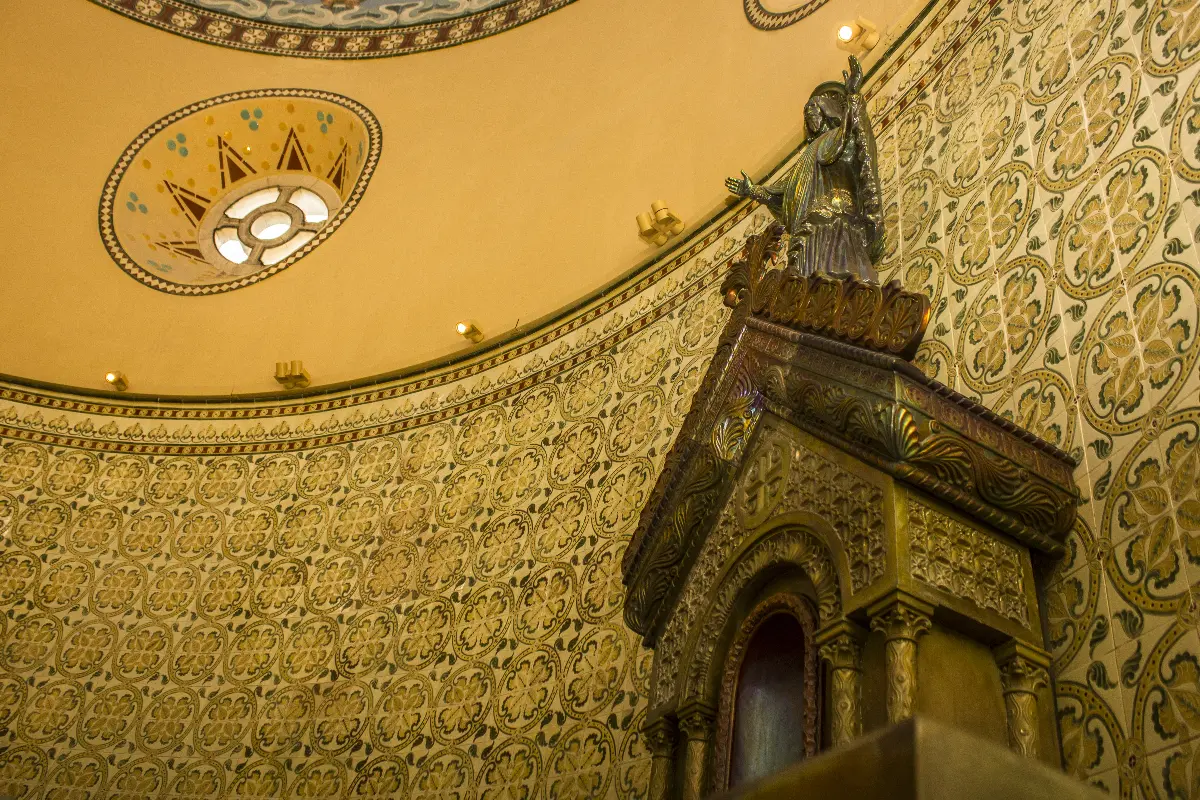
Helyszín címkék:
The secret of eosin
Szabó Sára
Every single person in Hungary has heard of the star of Hungarian industrial history, Zsolnay. It would be an insult to say only “Zsolnay porcelain”, as the brand means much more than that. It means artistic value. And traditions. And continuous renewal. And unique technology. And extraordinary aesthetics. They are essential cultural treasures. One of Hungary's greatest achievements. You would be surprised where the fame originates: from impoverished potters who were almost crushed by market competition. The predecessor of the factory, Zsolnay Hard Tile Manufactory (Zsolnay Keménycserép Manufaktúra), was managed by Ignác Zsolnay in 1852. Despite of their hard work, the hand-powered manufactory could not keep up with the commercial mass-produced goods. They had neither the money nor the machinery to fight this battle, and with their stone pots, building pottery and water pipes they could only serve the local market. The factory, having only just ten employees, was saved from foreclosure by Ignác's younger brother, Vilmos Zsolnay, after which the factory was on its way to world fame.
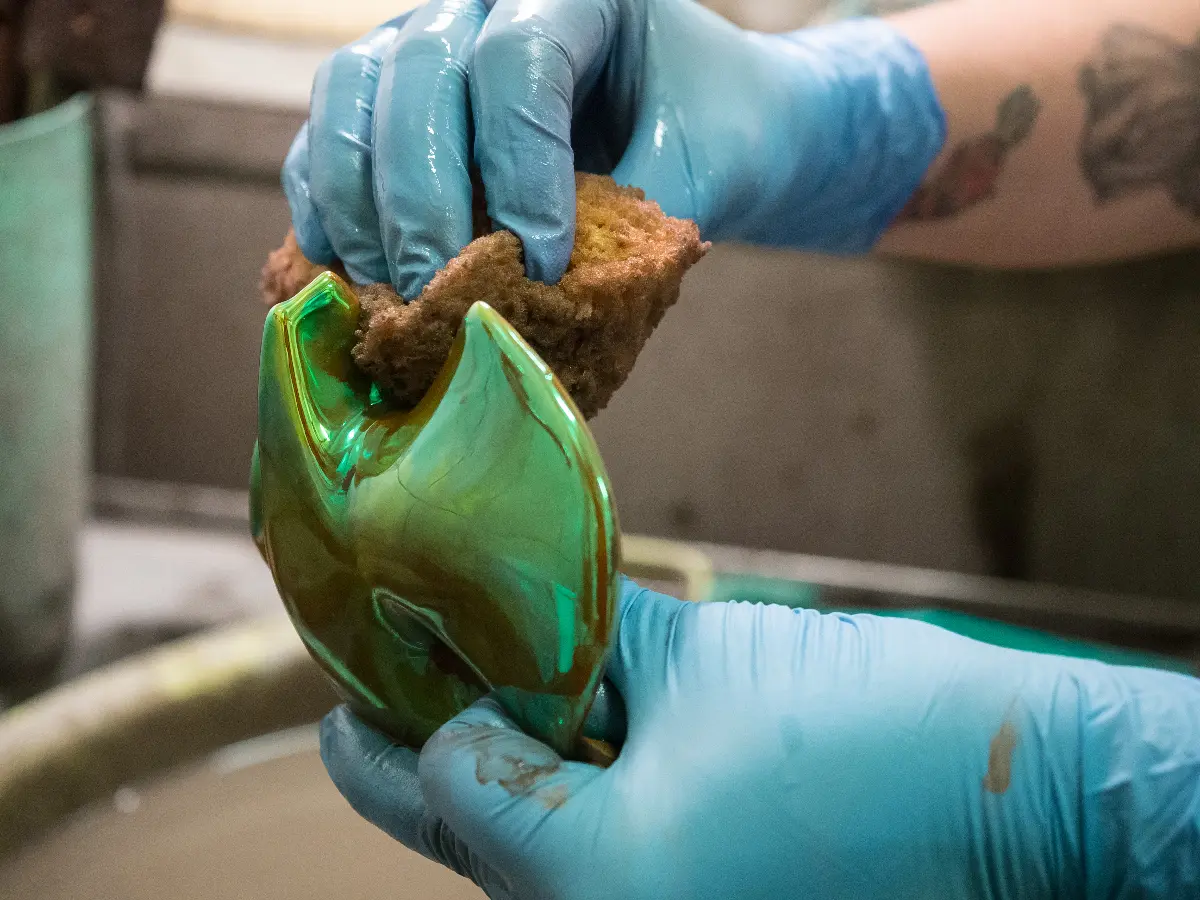
Vilmos was a true artist. Had he not complied with his father's request to take over the factory in 1863, he would have become a painter. But how lucky we are that Vilmos stopped pursuing his career as a painter. It was his restless curiosity and entrepreneurial spirit that the Zsolnay Factory needed.
“If we cannot join the mass production of ceramics, let's be unique as a factory,”
he must have thought when he started experimenting with different types of clay and glazes. The fruits of his tireless work are the so-called porcelain faience and the antifreeze-resistant pyrogranite used to decorate buildings. Who can claim to have invented a colour? Vilmos Zsolnay, who was also involved in the development of eosin, a ceramic glaze with colours from rose green to gold. I would not wish to bore you, dear reader, with the metal lustre glaze technique, but let's just say that it is terribly difficult to make. Thus, it is absolutely impossible to falsify. But if you were possessed by the spirit of Vilmos Zsolnay and wanted to make the eosin glaze at home, there is a solution. The recipe can be obtained by anyone who pays a little attention...
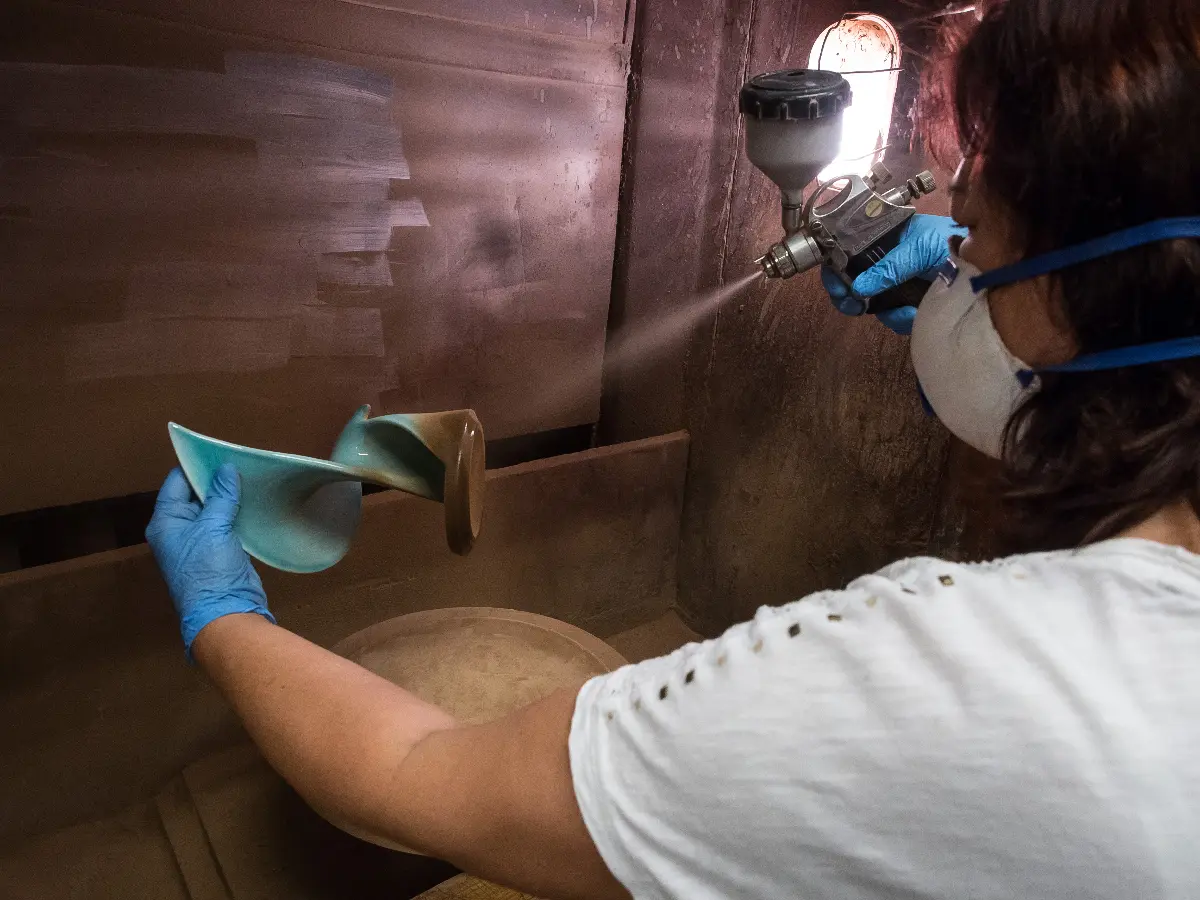
You have to be in the right place at the right time – that is the secret.
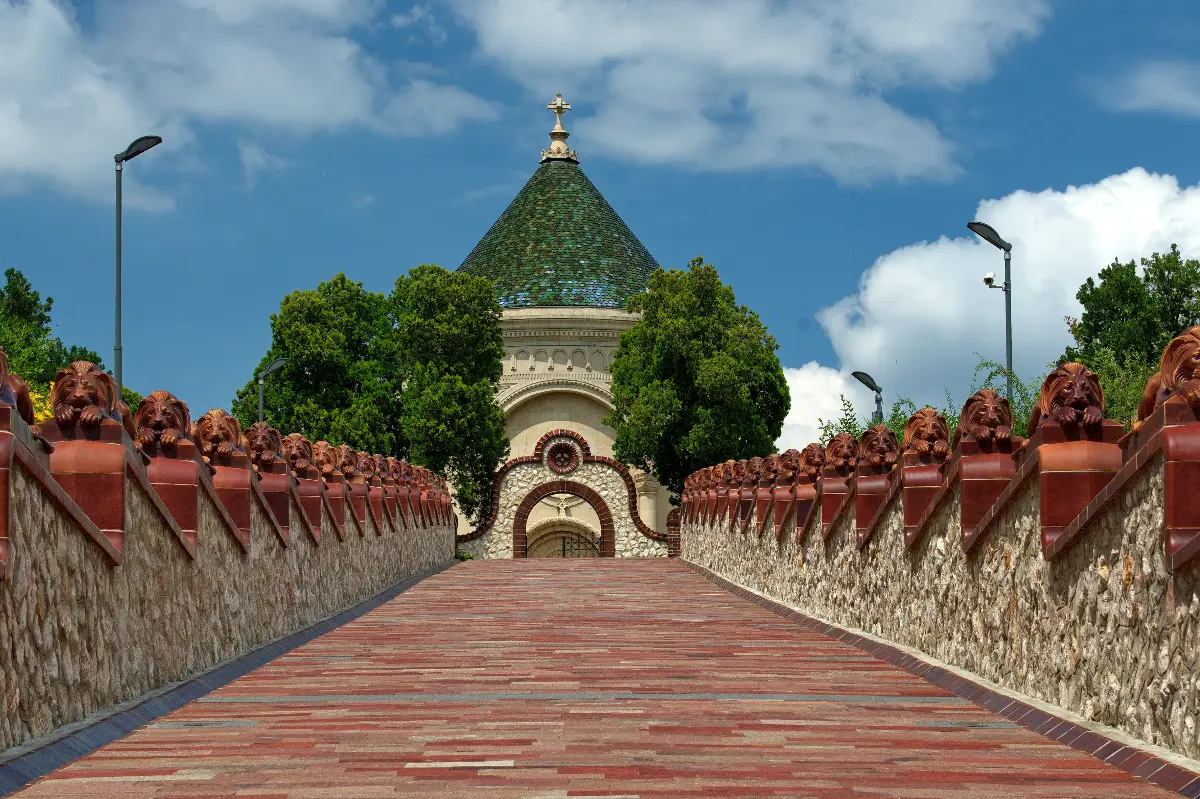
Our destination is the Zsolnay Mausoleum, located next to the Zsolnay Quarter in Pécs. The building is one of the most mysterious landmarks in the town, as well as in the country. The chapel was built for Vilmos Zsolnay, who was a well-known mason, after his death by his son. It would be hard to deny as the place is full of Masonic symbols: mysterious inscriptions, symbols, decorations with secret meanings. And not only the interior is exciting: the layout and design of the mausoleum is unique as well. From a bird’s-eye view, the building forms a chalice, a reference to the Holy Grail. But the most exciting mystery is the legend of eosin glaze. It is believed that the beaming light during the winter solstice reveals the secret recipe for the factory's world-famous eosin glaze, which has been guarded for centuries. If you are a Da Vinci Code fan, you can guess: you would better hurry, because the miracle ends quickly. The window of the mausoleum faces south, designed so that at the solstice the sun shines through it, reaching the crucifix on the altar. Meaning that on the shortest day of the year, a small window like a crosshair illuminates the special glaze, scattering rays of light, and the miracle is revealed for just 15 minutes. As the sun sets, the writing disappears. But you, dear reader, do not wait for another winter solstice, visit the Zsolnay Mausoleum as soon as possible and admire the beautiful eosin sarcophagus of Vilmos Zsolnay.

